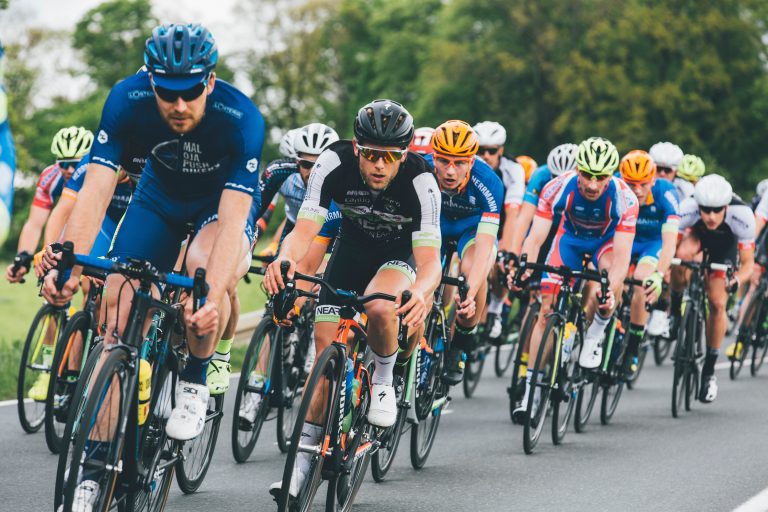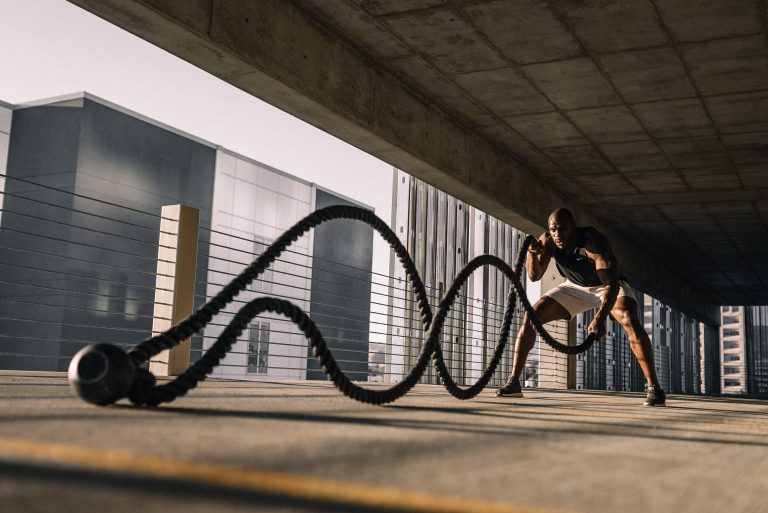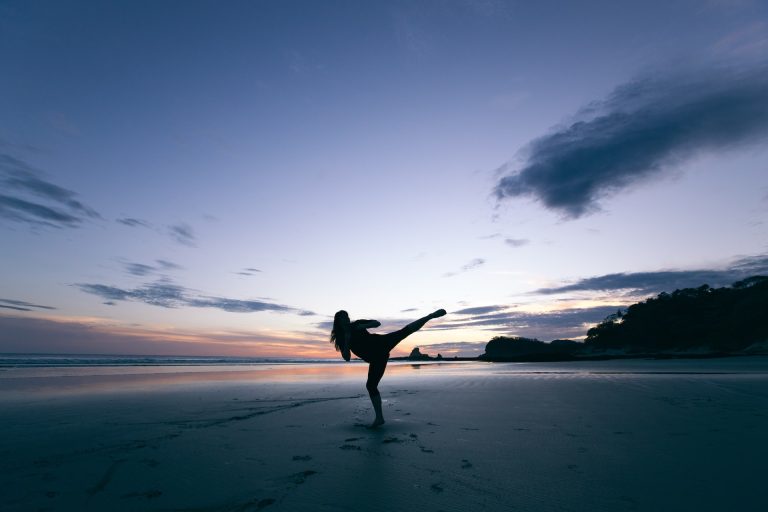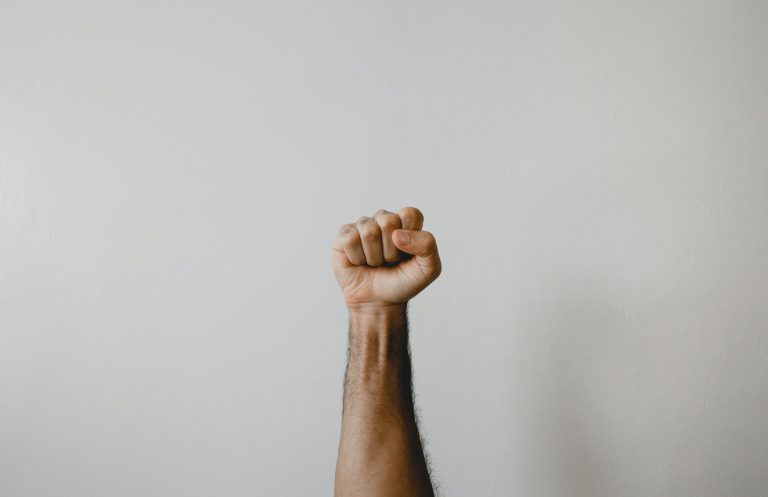Karate: Which Muscles Are Used During Training?
Karate is a popular martial art that is known for its focus on striking techniques, such as kicks and punches. To execute these moves properly, a lot of muscle groups need to be engaged. In this article, we will explore the main muscles that are used during karate training.
Core Muscles
Karate requires a lot of twisting and turning, so the core muscles are essential. This includes the rectus abdominis, which is the main muscle that makes up the abs, the obliques that run along the sides, and the erector spinae, which is a long muscle that extends along the back. These muscles work together to provide stability during movements and generate power in strikes.
Leg Muscles
Kicks are one of the fundamental moves in karate, and they require a lot of leg strength. The primary muscles used during kicks are the quads, hamstrings, and calves. The quads, located in the front of the thigh, are used to extend the leg, while the hamstrings, located in the back of the thigh, are used to flex the leg. The calves, located at the back of the lower leg, are used to extend the foot during kicks.
Arm and Shoulder Muscles
Punches are also an essential aspect of karate and require the use of the arms and shoulders. The muscles used during punches include the biceps, triceps, and deltoids. The biceps are responsible for bending the elbow, while the triceps extend it. The deltoids, located in the shoulder, are responsible for abducting, flexing, and extending the arm.
Back Muscles
Back muscles are used for stability and generating power in strikes. The latissimus dorsi, located on either side of the back and commonly known as the “lats,” is a crucial muscle used in karate. It is responsible for extending and adducting the arm, which is necessary for executing various strikes.
Conclusion
In conclusion, karate is a martial art that requires the engagement of multiple muscle groups. A focus on developing core and leg strength, arm and shoulder muscles, and back muscles is crucial for any karate practitioner looking to improve their performance. By targeting these muscle groups, one can increase their overall strength and power, leading to more effective and efficient execution of karate strikes.
Karate: Which Muscles Are Used During Training?
Karate is a martial art that is known for its strength and power. The physical movements involved in karate training require a lot of muscles in the body. In this blog post, we will discuss which muscles are used during karate training.
Upper Body Muscles
Karate involves a lot of upper body movements. Here are some of the main muscles used during karate training:
1. Chest – Pectoral Muscles
During karate training, your chest muscles are used for movements such as punches and blocks. These movements require you to engage your pectoral muscles to generate force and power.
2. Shoulders – Deltoid Muscles
Karate movements that involve your shoulders include arm blocks, punches, and strikes. Your deltoid muscles are responsible for these movements and help you generate power.
3. Back – Trapezius and Latissimus Dorsi
The back muscles are responsible for generating force during punches and strikes. The trapezius and latissimus dorsi muscles are the main muscles used during karate training.
Lower Body Muscles
Karate also involves a lot of lower body movements. Here are the main muscles used during karate training:
1. Legs – Quadriceps, Hamstrings, and Glutes
Karate movements that involve your legs include kicks and movements that require you to generate force from your lower body. Quadriceps, hamstrings, and glutes are the main muscles used during karate training.
2. Core – Abdominal Muscles
Karate also requires a lot of core strength. During movements such as punching and kicking, your abdominal muscles are engaged to provide stability and generate force.
Additional Benefits of Karate Training on Muscles
Karate training provides numerous benefits to your muscles other than just strengthening them. Here are some of the additional benefits of karate training on muscles:
1. Flexibility
Karate training requires you to engage in a lot of stretching exercises. These exercises help improve muscle flexibility and prevent injuries.
2. Coordination
Karate movements require a coordinated effort between different muscles in your body. Regular karate training improves your muscle coordination, which can have a positive impact on your overall health and fitness.
3. Endurance
Karate training is a high-intensity workout that requires a lot of endurance. Regular karate training improves your muscle endurance, making it easier for you to perform physical activities for longer periods.
Conclusion
Karate training involves a lot of different muscles in the body. The upper body and lower body muscles are both used extensively during karate training. Additionally, karate training provides numerous other benefits to your muscles, including improving flexibility, coordination, and endurance. If you are looking for a full-body workout that strengthens your muscles and improves your overall health and fitness, karate training is a great option.
Inhaltsverzeichnis






